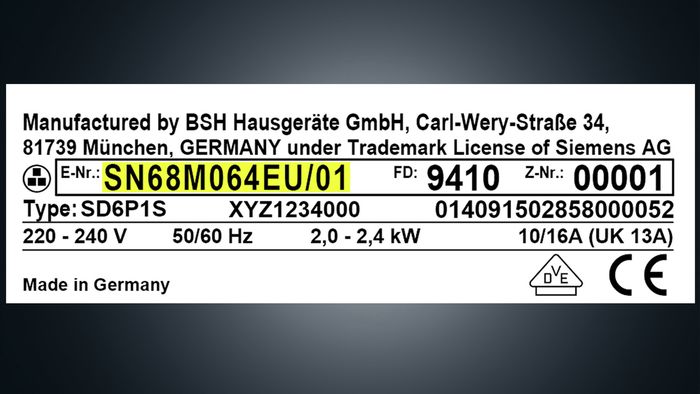In March 2024 I was at a conference on information technologies during which a person from REE stated that in the future we will not be able to take the security of electricity supply for granted. This person did not explain the reason for such a statement, but I do not think he was thinking of a catastrophic blackout like the one we suffered last April 28,2025 in Spain. From the context of the workshop, it is possible that he meant that, in an electricity system based exlcusively on renewable generation, there may be times when the available generation will not be able to cover all demand without bringing down the entire electricity system. In any case, this hypothetical situation is related to what some consider to be, if not the cause of the blackout, at least its framework. I´m refering to the lack of inertia in the electric system.
For years, research articles have been published characterizing inertia and studying how it has been decreasing as the penetration of renewable energies has increased. This hasn´t not only occured in Spain, but also in all countries that are introducing renewable energies in a significant way. The famous 50 Hz of the grid, which we see on the nameplates of any domestic device, have their origin in the rotation of the rotors of the alternators of hydroelectric, thermal and nuclear power plants which, thanks to their mass, have the inertia that allows them to compensate for sudden and transient variations in frequency. As these types of generators lose ground in electricity generation, physical sources at 50Hz also disappear, and the system becomes more vulnerable to inestabilities that can alter this frequency. Redeia itself acknowledge the risk this situation poses to the electricity system´s balancing capacity in its 2024 Consolidated Management Report. This should lead us yo believe that the transition to an electricity system based only on renewable energy can not consist only of installing more and more renewable generation capacity.

Renewable energy sources, both wind and photovoltaic, use electronic power converters. These converters are designed to feed the energy into a well-constituted grid with its expected 50 Hz. They are grid-following converters. For that reason, if they detect that the grid is unstable they disconnect from it. This is what may have happened on April 28 when, according to ENTSO-e, the frequency dropped to 48 Hz. Unlike conventional converters, there are others capable of generating synthetic inertia, i.e., by means of appropriate devices and control techniques, it is possible for the converters to react within milliseconds to changes in the grid frequency and thus mimic the response of a generator with natural inertia. In this way, renewable generation could contribute to grid stability. Such converters can also achieve the same effect with batteries, so that the batteries would not only store the renewable surplus, but also contribute to grid stability. But for such converters to be developed commercially, they need to be covered by regulations. The European Union launched the procedure in 2022 to initiate the revision of the corresponding grid codes, but it is a process that takes years until each country finally integrates them into its regulations. It will also be necessary to modify the regulations so that batteries can have access to all the services available on the market.
It should not be forgotten that demand can also contribute to grid stability. In Spain, the active demand response service (SRAD) has already been activated four times, through which the system operator requests the disconnection of the loads of those consumers who voluntarily participate in the service and who receive remuneration in exchange for their flexibility. But the conditions for participation leave out many potential participants. It is necessary to lower the minimum power or allow the aggregation of consumers and increase the frequency of auctions to facilitate the incorporation of more power to the service. It seems that all these ideas are already on the table and could be a reality soon. Along the same lines, the announced capacity market could play an important role in the stability of the system. In this market, generation, storage and demand will be able to participate. It seems that aggregation will be allowed, which could open the door for small consumers, such as domestic consumers, to take advantage of the flexibility of their demand for their own benefit and for the benefit of the system.

“The Active Demand Response Service (SRAD) is established as a specific balancing product provided by the electricity demand of the Spanish peninsula electrical system to address situations where a shortage of upward tertiary regulation reserve is identified.”
Finally, to transform the electrical system, in addition to all of the above, new lines will have to be laid in the most saturated areas and grid monitoring improved. Simply filling thousands of acres with panels and wind turbines isn’t enough. And an important question remains: how to finance all of this.
- The 28A blackout and the lessons to be learned about the energy transition - 23 May 2025
- We ran out of light - 5 April 2024
- Uncertainties in electricity supply - 15 December 2023
